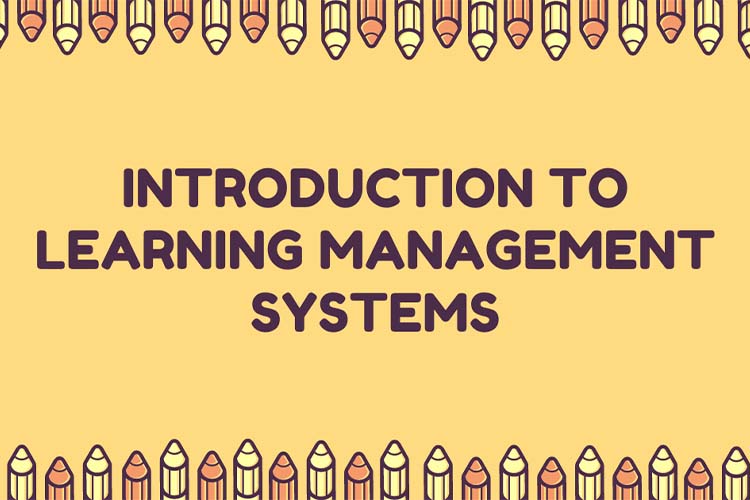

A Learning Management System (LMS) is an online platform designed to allow teachers to distribute and manage educational materials. Given the current state of the world, many of you will undoubtedly have encountered an LMS in the past year or so. Think Google Classroom. A website or application that lets your teachers give assignments, and collect them all over the internet.
But this is just the tip of the iceberg. An LMS can do a lot more than just collect assignments. They allow instructors to build fully digital courses, allowing them to deliver lectures, multimedia files, syllabi, and much more.
While LMS software is also used in the corporate world, there are certain apps, like the aforementioned Google Classroom, built specifically with classrooms in mind. These typically include features such as grading assignments, and providing individualized feedback to students, depending on their work.
You might be wondering, why even use an LMS in the first place? Aren’t traditional classrooms good enough? Well, while traditional classrooms have served us well in the past, and continue to do so, there are some advantages to an LMS that traditional classrooms simply cannot compete with. Here are a few of those advantages:
Safe Learning in a Pandemic
Ok, so this one might be a bit niche. It’s not like we get deadly global pandemics every year, right? But Learning Management Systems have undoubtedly proven their worth in the past year, as the people of the world have had to change how they operate during the age of Covid-19.
With schools being shutdown, teachers and students can no longer interact physically, and so schools have had to adapt in order to continue operating. Many teachers have switched to an LMS in order to continue being able to give out assignments, and collect the results, all over the internet, meaning zero physical contact.
This is one very big advantage to an LMS, allowing teachers to continue taking assignments and assessments, in a situation where being in a classroom could be dangerous for all involved.
Efficient Distribution
Teachers have struggled with this for a long time. Trying to distribute handouts or course materials in a classroom can be a challenge, with students being absent, or teachers not making enough copies. Even over the internet, students often miss out on receiving these materials, as teachers often don’t have, or forget, or mistype their email addresses.
This problem is entirely fixed by an LMS. It only requires a single email, to invite the students to join the virtual classroom, after that you can just get rid of the email list. Once all the students are in the classroom, you simply post the relevant materials, and they’re automatically distributed to all the students.
It also gets rid of the need for students to buy textbooks, allowing teachers to share a pdf with everyone. Even with schools physically open, this can eliminate the burden of having to carry a heavy schoolbag, with students having all their textbooks on a laptop or mobile device.
Communication
Providing feedback to a specific student can be a difficult task for even the best of teachers. Stating bad grades, or criticism out loud in the classroom can be demoralizing and humiliating for a student. On the flipside, it’s also not feasible for a teacher to make time to talk to every student privately.
With an LMS, however, the teacher can privately send written feedback to a student, without putting them through the ordeal of a public humiliation. Many LMS also allow parents to keep in touch with the teacher, letting teachers keep the parents up-to-date on how their child is doing.
LMS also allow schools to set up student forums, to allow students to communicate with one another, helping each other out with schoolwork, or discussing improvements they’d like to see made to the school’s policy. This is a very easy way to establish lines of communication between teachers and students, and also between students.
Organizing Data
Keeping up with all the data regarding student assignments and attendances can be a little overwhelming for teachers. Keeping track of due dates and targets on top of that can leave teachers with very little breathing room, and can also be difficult for students. However, most of these problems are solved by an LMS.
An LMS will store all attendance and assignment data automatically. This allows teachers to more easily keep track of these things, and identify students who might need a little extra help. Scheduling is also made easier, as teachers can simply add these to a shared calendar, making it easier for both them and students to keep up, allowing students to prepare beforehand for any upcoming tests or assignments, and allowing teachers to stay on top of everything.
So while digital learning might be a new thing for many of you, it is undoubtedly the future. Learning Management Systems and digital classrooms are revolutionizing teaching techniques, and are making everything easier for both teachers and students.